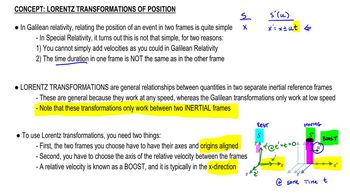An alien spacecraft is flying overhead at a great distance as you stand in your backyard. You see its searchlight blink on for s. The first officer on the spacecraft measures that the searchlight is on for ms.
(a) Which of these two measured times is the proper time?
(b) What is the speed of the spacecraft relative to the earth, expressed as a fraction of the speed of light ?






